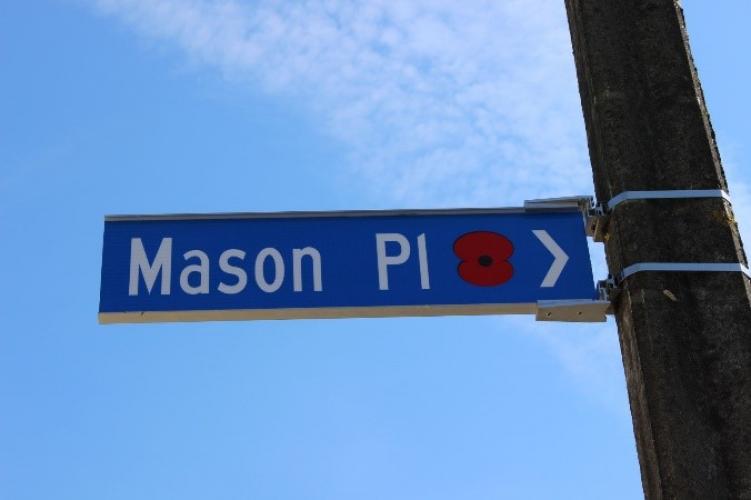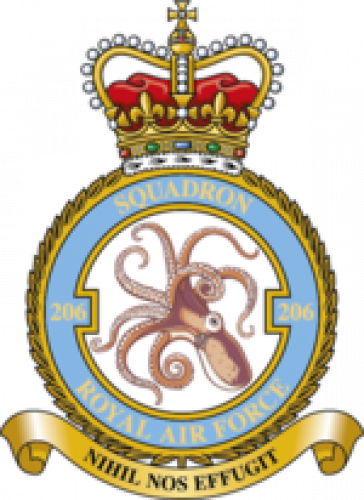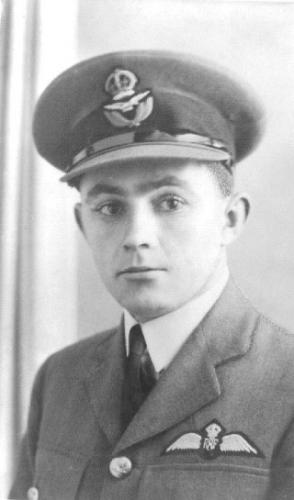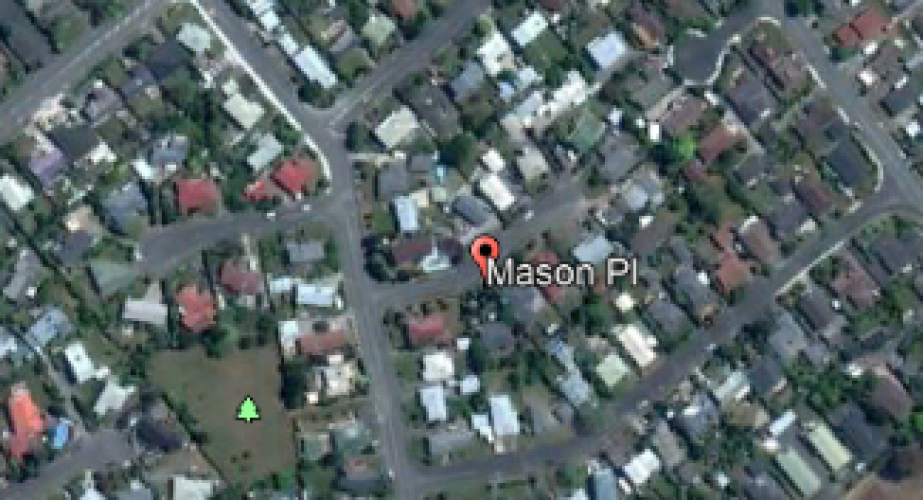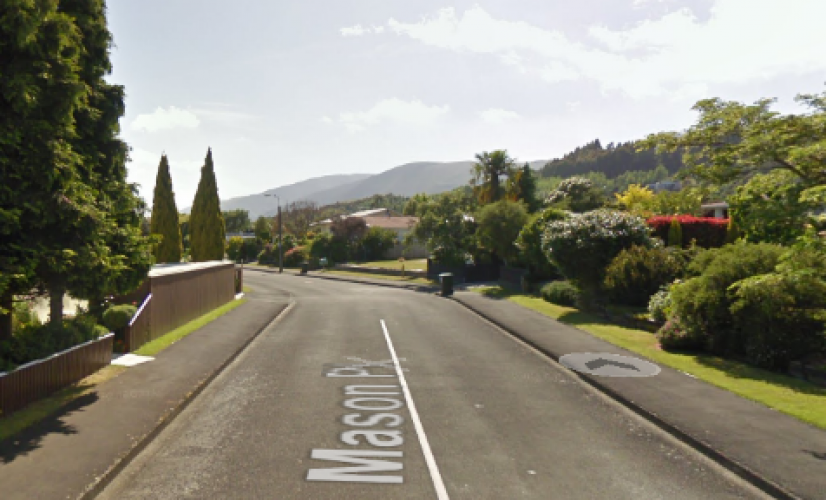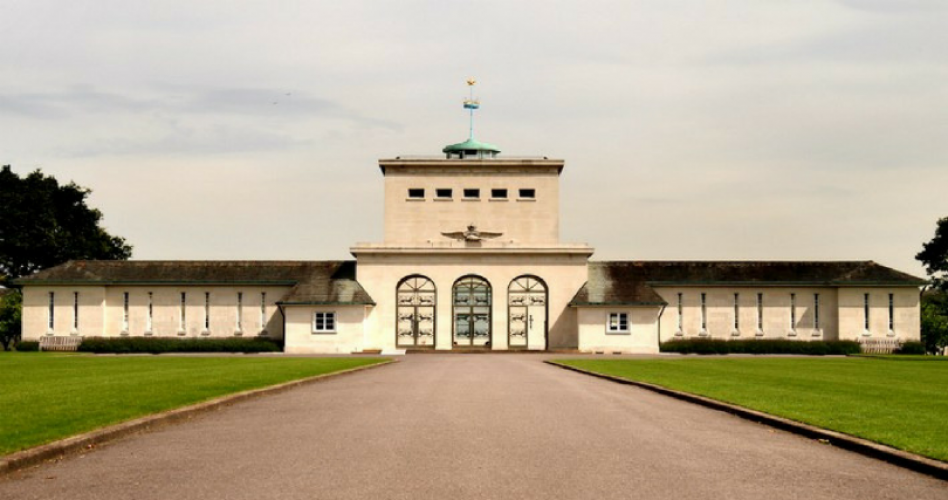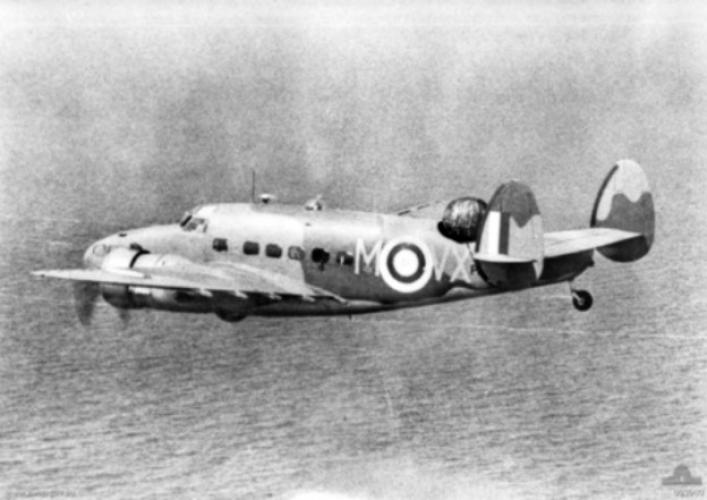243 Mason Place Richmond, new street sign 2019
Reason for the name
This street in Richmond is named in honour of Pilot Officer Miles Arthur George Mason who joined the Royal Air Force and lost his life in World War 2.
Fallen servicemen have been remembered across Tasman district in various ways including the naming of streets and buildings, the planting of trees and the installation of monuments. In conjunction with the 100-year anniversary of the signing of the armistice that ended the fighting between Germany and the Allies during World War I, Tasman District Council installed new street signs acknowledging the service of fallen soldiers from Richmond. The move comes after the Richmond Waimea RSA asked the council to take part in the Poppy Places project by adding poppies to street signs named after fallen soldiers.
Richmond Waimea RSA president Ross Norgate and Tasman District Council’s Megan Bell managed the project. Tasman mayor Richard Kempthorne said the council was proud to be part of the project.
Author: The Poppy Places Trust
42417 Pilot Officer, Miles Arthur George Mason joined 206 Squadron of the Royal Air Force and served in Europe (Air) in World War II, 1939-1945.
His Religion was Church of England and Miles Mason was the son of Miles Clement Waller Mason and Gwendolyn Mary Mason, of Lower Hutt, Wellington. He was the husband of Charlotte Lucy Mason.
Miles died on 11 February 1941 Age 25 (United Kingdom) Europe. He is commemorated on the Runnymede Memorial, Surrey, United Kingdom
Miles 206 squadron was reformed at RAF Manston from a flight of No. 48 Squadron on 15 June 1936, with Avro Ansons as part of the new RAF Coastal Command. It moved to RAF Bircham Newton on 30 July that year. It initially operated as a training squadron, but was later assigned to maritime patrols.
On the outbreak of the Second World War, the Squadron entered into a routine of patrols with its Ansons from Bircham Newton with detachments at other bases around the United Kingdom, including RAF Carew Cheriton in South Wales and RAF Hooton Park on the Mersey. The squadron attacked German submarines on two occasions in September, with no effect the 100 lb (45 kg) anti-submarine bombs used by the RAF at the time were ineffective weapons. One friendly-fire incident in December 1939 resulted in a direct hit on the conning tower of the British submarine HMS Snapper with the sole damage being four broken light bulbs. The squadron's Ansons also occasionally encountered German maritime reconnaissance aircraft, managing to shoot down a Heinkel He 115 float plane on 8 November.
In March 1940, the squadron began to re-equip with the Lockheed Hudson, flying the first patrols using the new aircraft on 12 April (PO Mason would have been flying these aircraft up to his death in Feb 1941). It converted to the Boeing Fortress Mk.II in July 1942, allowing long range patrols over the Atlantic, moving to the Azores during October 1943, before returning to the United Kingdom for re-equipping with the Consolidated Liberator Mk.VI, later augmented by the Liberators Mk.VIII. The Squadron's Liberators were based at RAF St Eval until after D-Day, when the unit moved North to RAF Leuchars. A section was detached to West Africa for anti-submarine and convoy patrols as No. 200 Squadron RAF. Detachments also operated from bases such as RAF St Eval in Cornwall and RAF Aldergrove in County Antrim. The squadron was disbanded on 25 April 1946.
Records show that Miles Mason is included on the Runnymede Memorial in Surrey, United Kingdom.
Overlooking the River Thames on Cooper’s Hill in Runnymede, Surrey, is Runnymede Memorial, sometimes known as the Air Forces Memorial. The memorial commemorates more than 20,000 airmen and women who were lost in the Second World War during operations from bases in the United Kingdom and North and Western Europe who have no known grave. The Royal Air Force saw some of the earliest action of the Second World War when on 4 September 1939, the day after war was declared, Blenheim and Wellington bombers attacked German shipping near Brunsbüttel and Wilhelmshaven. In those raids seven aircraft were lost and 25 airmen killed, the first casualties in what would become a worldwide struggle to gain mastery in the air upon which victory depended.
Key features of the memorial commemorates the men and women of the air forces of the Commonwealth who were lost in air and other operations over western Europe during the Second World War. Designed by Sir Edward Maufe, it is made of Portland stone and consists of a shrine embraced by a cloister. The shrine is adorned with three stone figures by Vernon Hill representing Justice, Victory and Courage. The engraved glass and painted ceilings were designed by John Hutton and the poem engraved on the gallery window was written by Paul H Scott. The memorial was unveiled on 17 October 1953 by Queen Elizabeth II.

